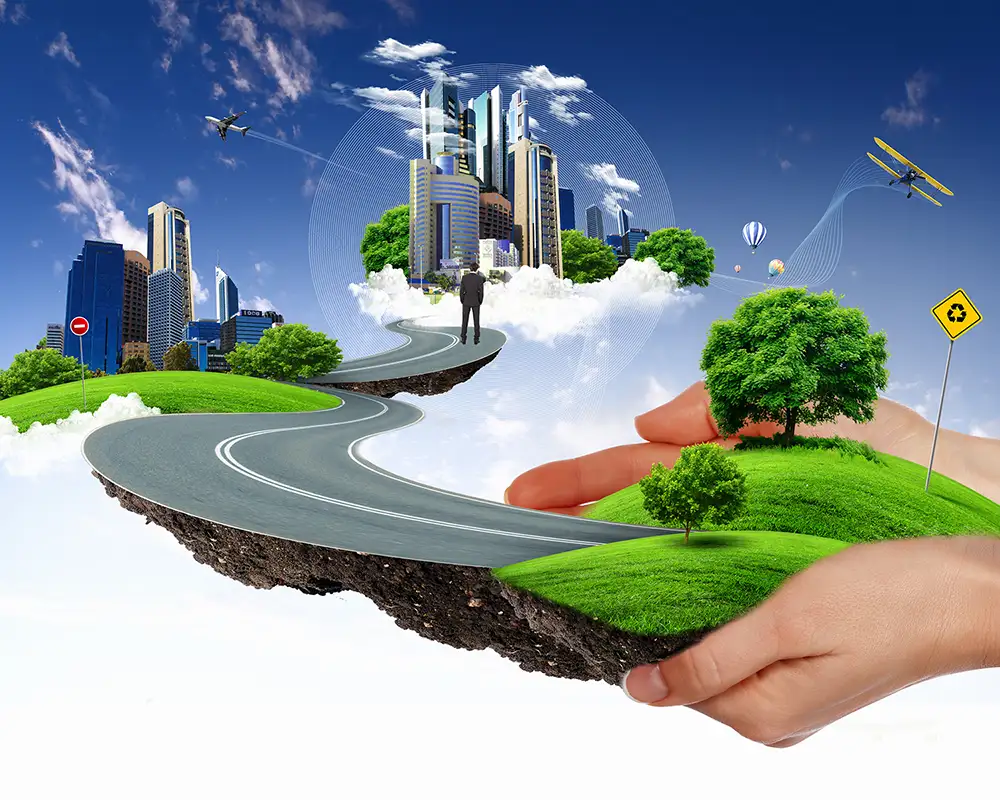Introduction
Modernisation theory elaborates the development process within the societies. Theory states that the marginalised and underdeveloped societies develop in the same phase with that of other developed countries by providing proper support.

Source: Sergey Nivens/Adobe Stock
This theory developed as the economic, social, and political system of developed in the west European and North American countries which have spread to South America, Asia and Africa, the underdeveloped countries.
The modernisation theory is been evolved from idea of progress which propagated the idea of self-development which leads to the development of the society. It developed the concept of the technological and economic development can change the people’s perceptions.
The ideas of French sociologist Emile Durkheim provided strong foundation for the development of modernisation theory. He compared the development of the society with that of the evolution of an organism. As the organism evolves the more complex it becomes. Likewise when the society develops, the complexity increases.
Modernisation Theory
Modernisation theory is used to explain the advancement of societies and its progress. The studies regarding the theory is based on the assumption that modernisation was exemplified by the western countries as they were able to progress from the primary stages of underdevelopment. And the underdeveloped countries tend to follow the western developed culture.
Rostow has explained this idea through his stages of growth. According to him these five step model outlines the stages through which each country pass through to be developed.
- Traditional society– The conservative society distinguished by basic professions like agriculture. They will lack the knowledge about technology as the changes are seen pessimistically.
- Pre-conditions for take-off– As the needs increases within the society the production increases and so does manufacturing.
- Take-off– In this stage of development industrialisation happens at a fast pace. In this stage the perspective of people changes due to the establishment of scientific technologies.
- Drive to maturity– This stage over a long period of time during which the standard of living of the people increase with the use of technologies and other innovations.
- Age of mass consumption– In this final stage of development, the people will enjoy all the conveniences the technology has to offer and urban culture replaces the traditional culture completely making it a developed country.
Rostow’s approach is purely anti–communist and based on the capitalist developed nations. It is one of the most influential models in modernisation in the 19th century. Through this model a larger perspective towards the situations of the underdeveloped and developing countries can be scrutinized.
Related: Postmodernism
Criticisms of Rostow’s Developmental Model
The model of development coined by Rostow tends to progress in a linear fashion which is not necessarily followed by all countries. Capitalist system is followed in this model without considering the advantages the capitalist developed nations receives out of the developing and underdeveloped nations.
Scope
The modernisation theory is a very broad concept. The theory can be applied to empathize the advantages and disadvantages of development and also to understand how the development affects the underdeveloped countries.
its perfect
Durkheim and weber theory about Alienation